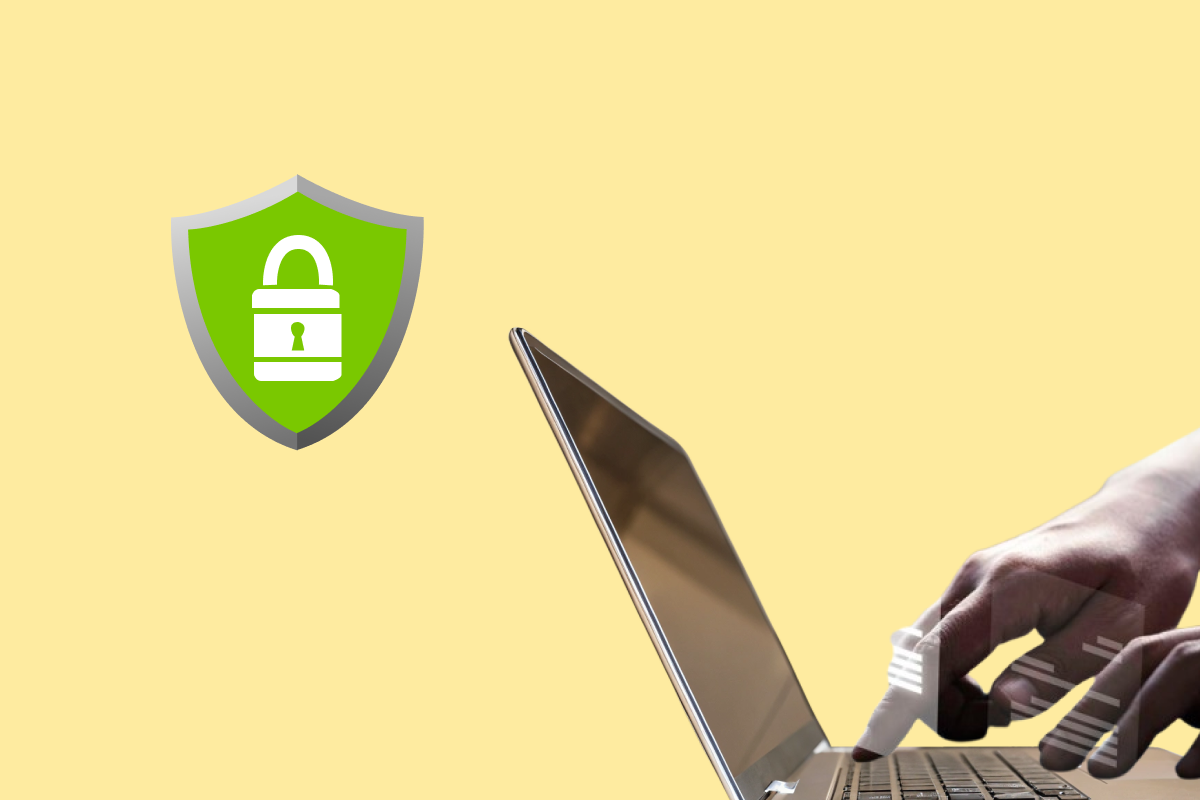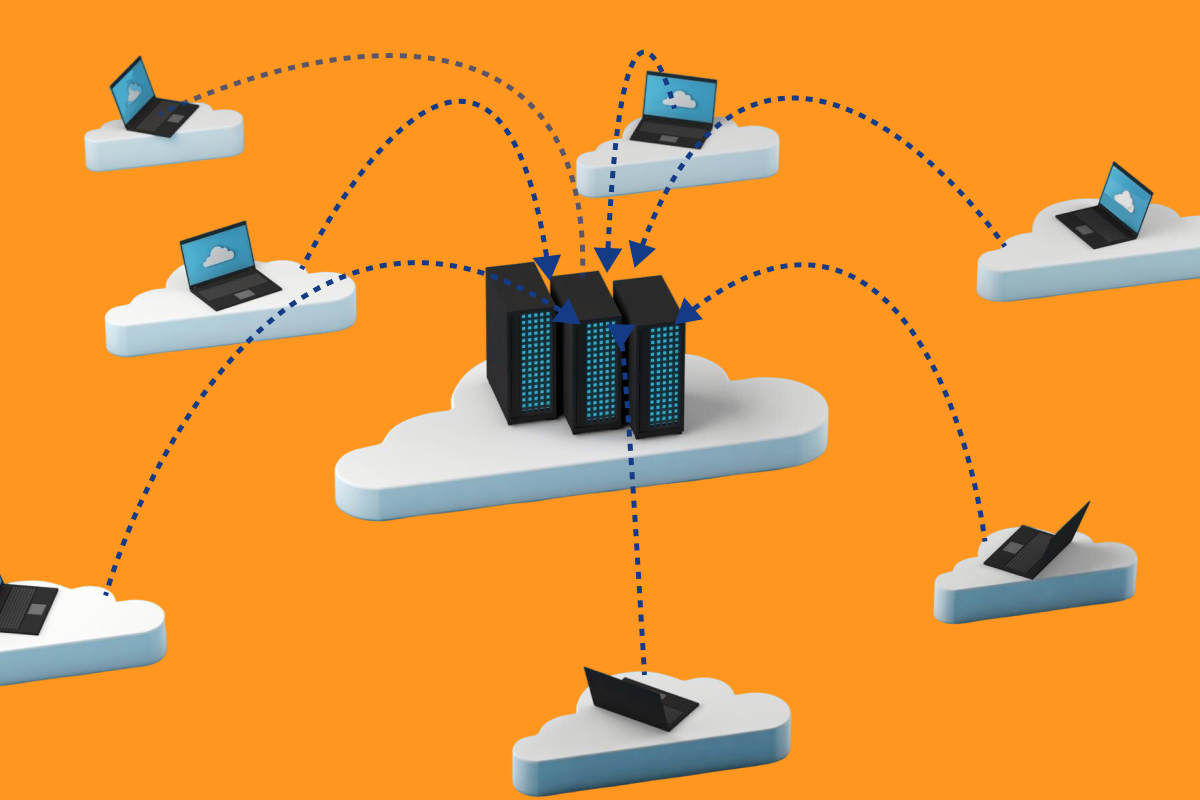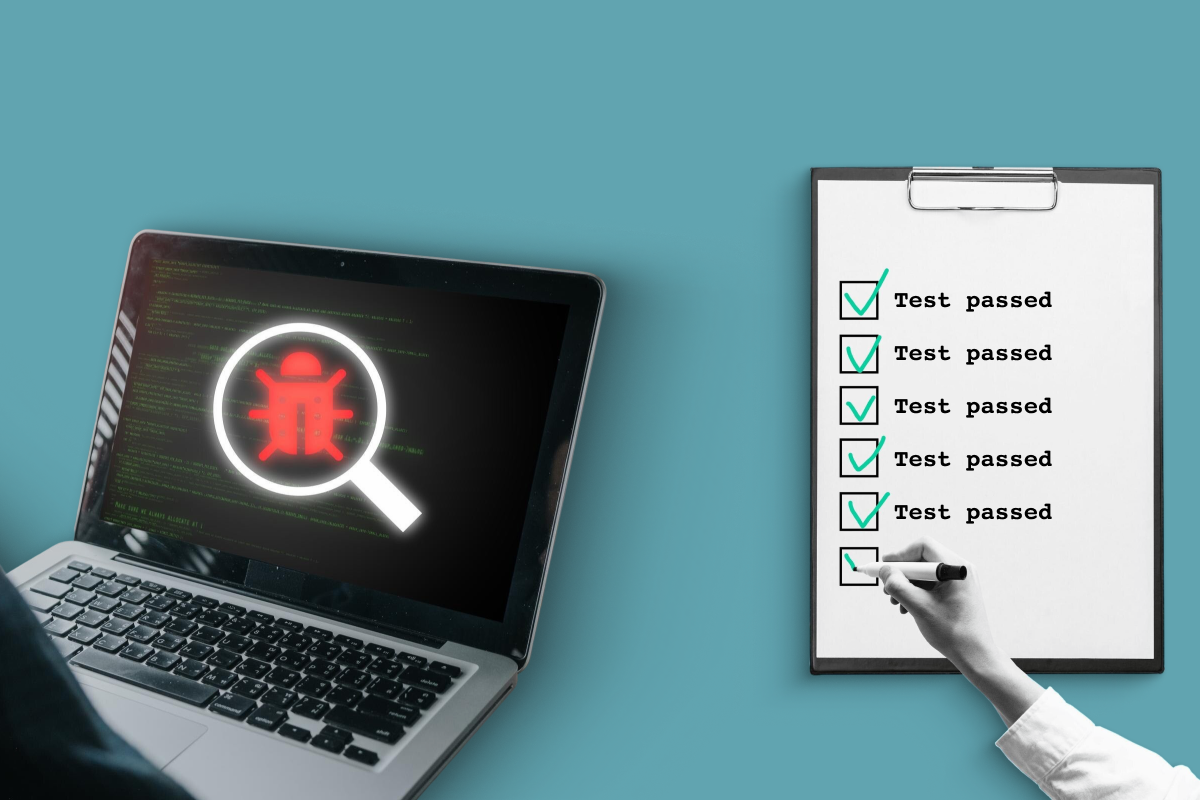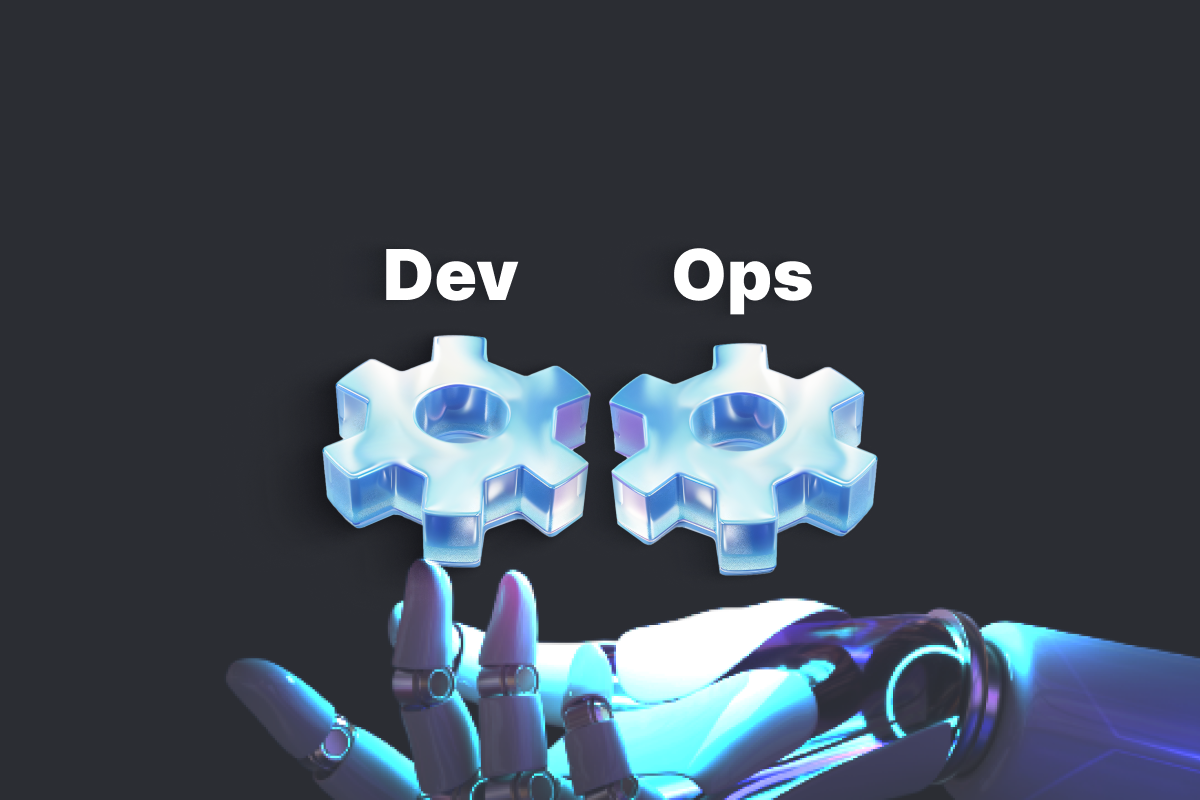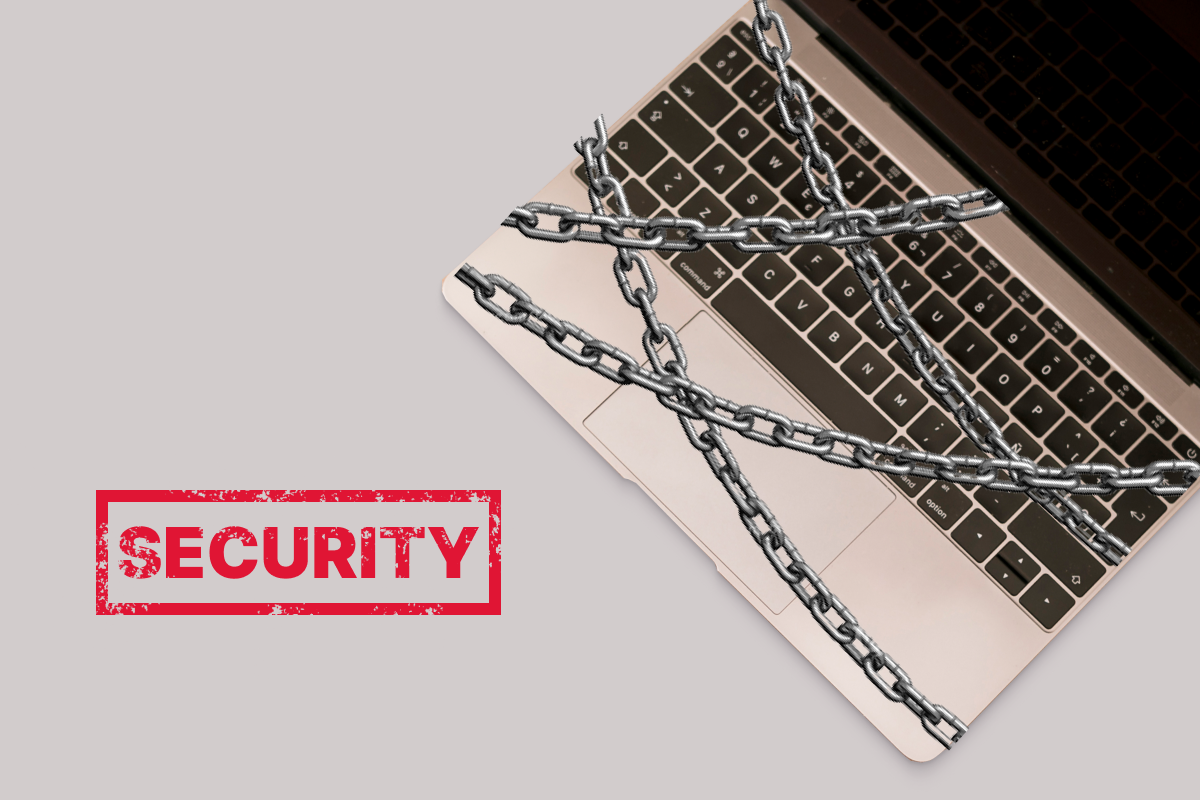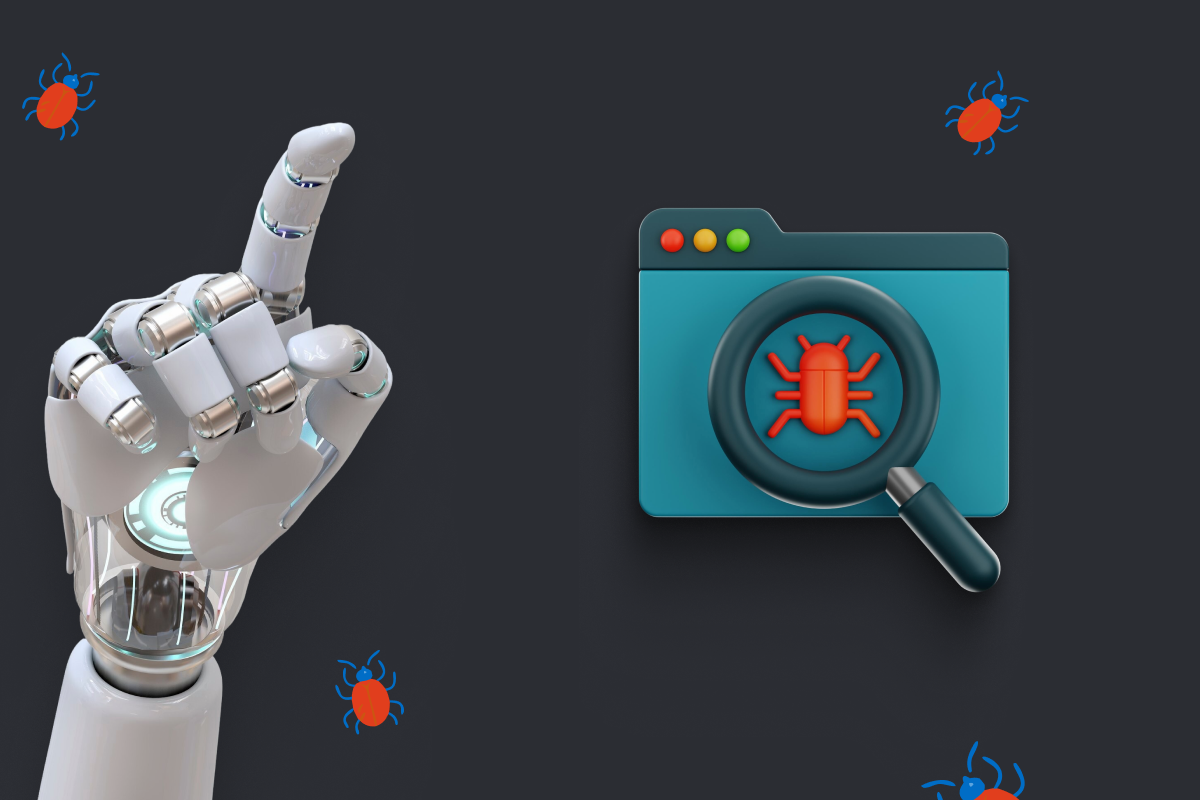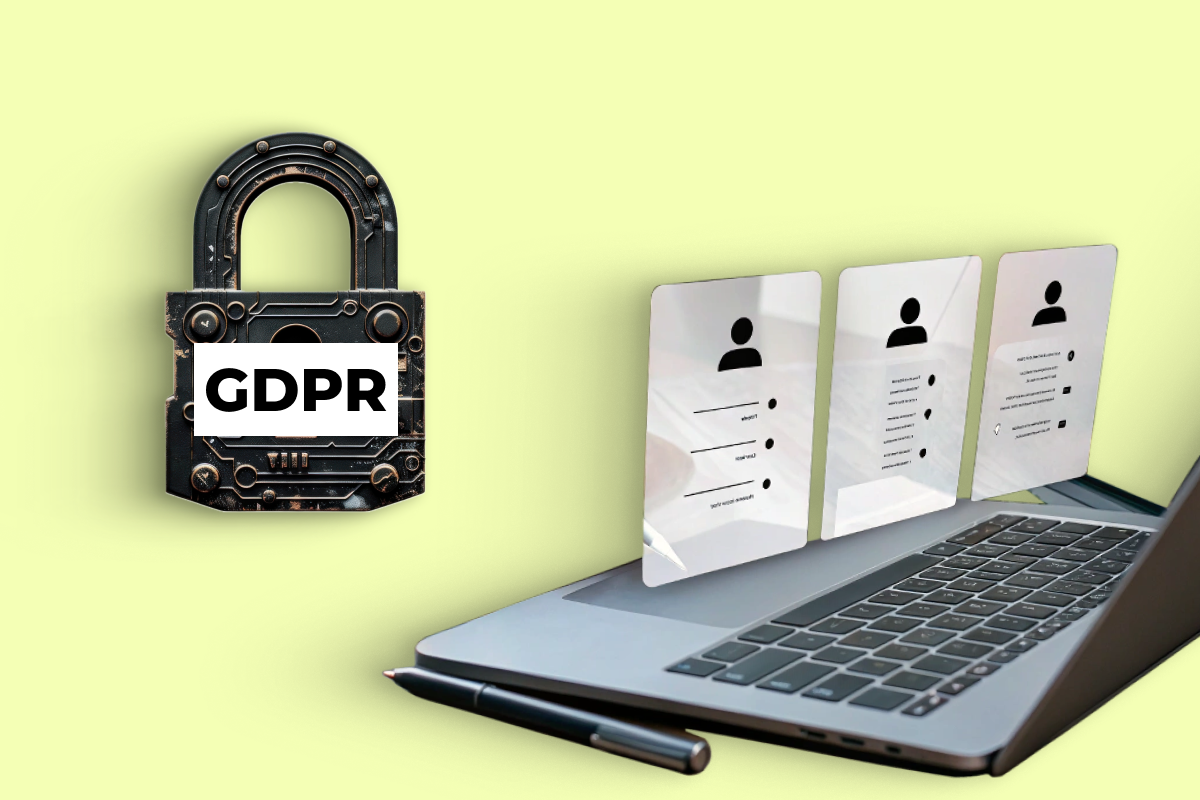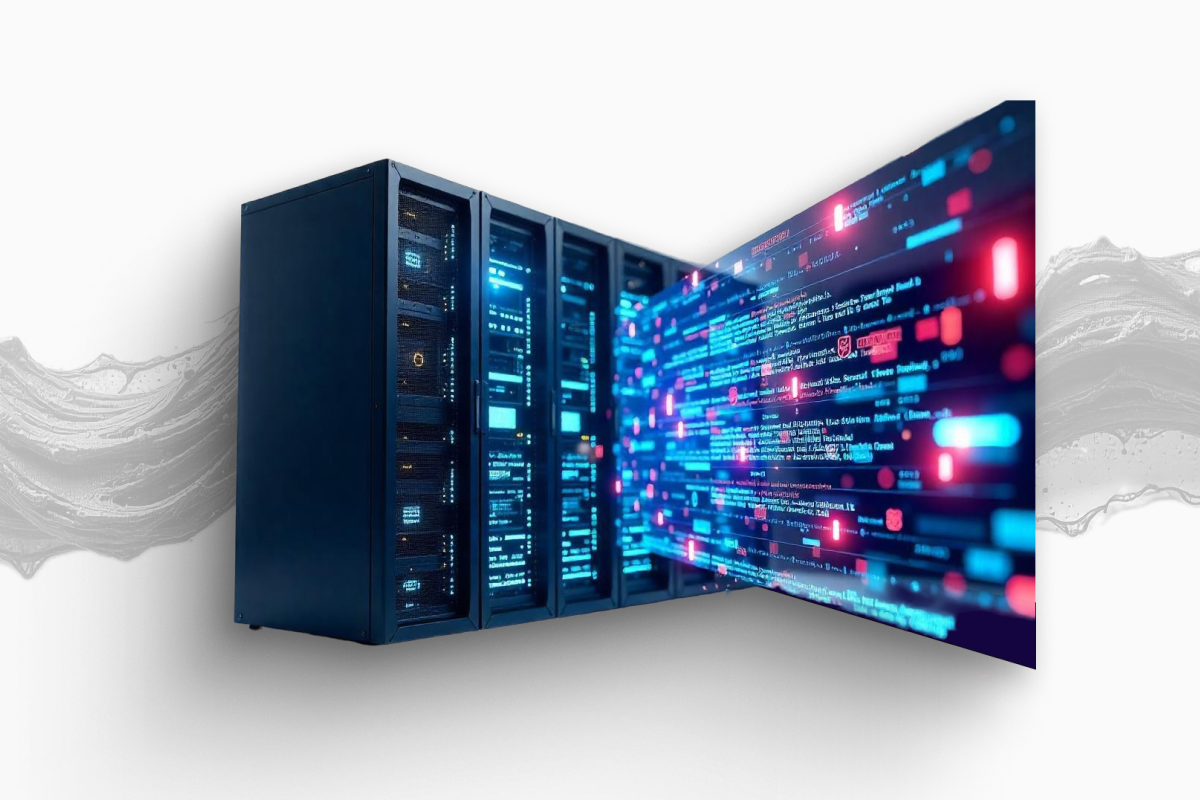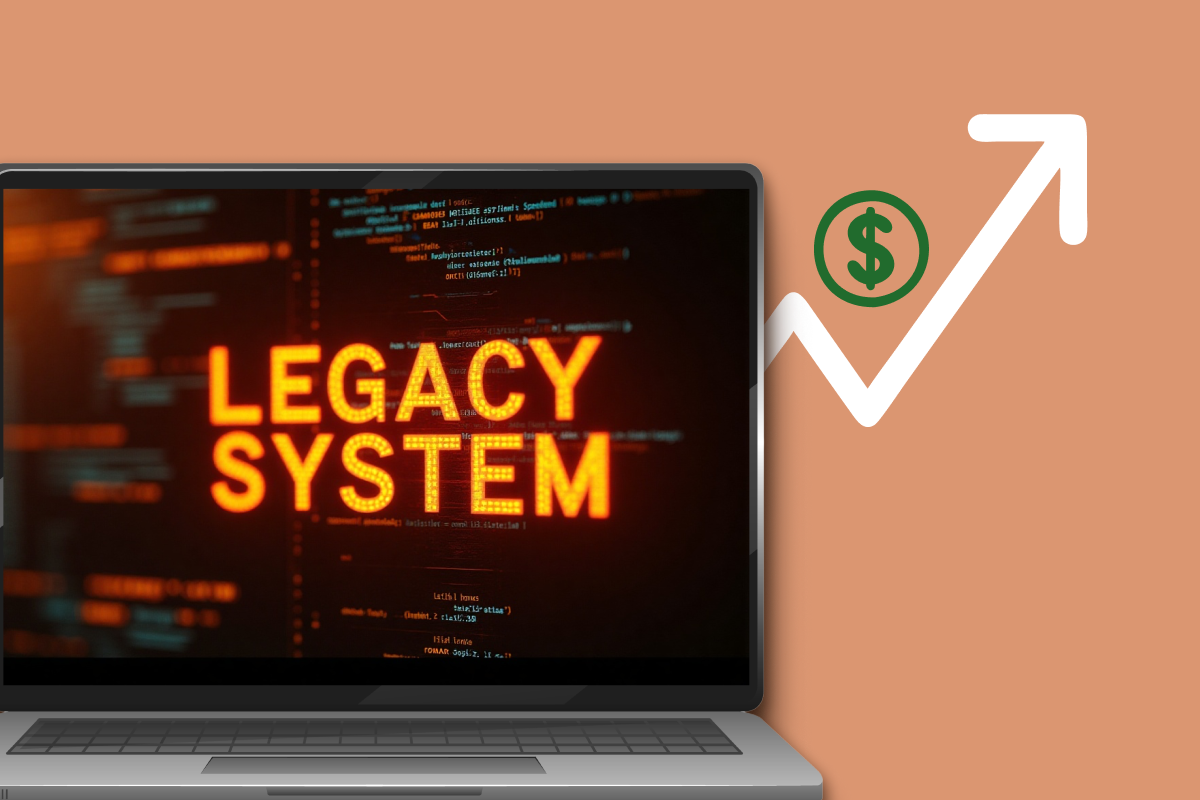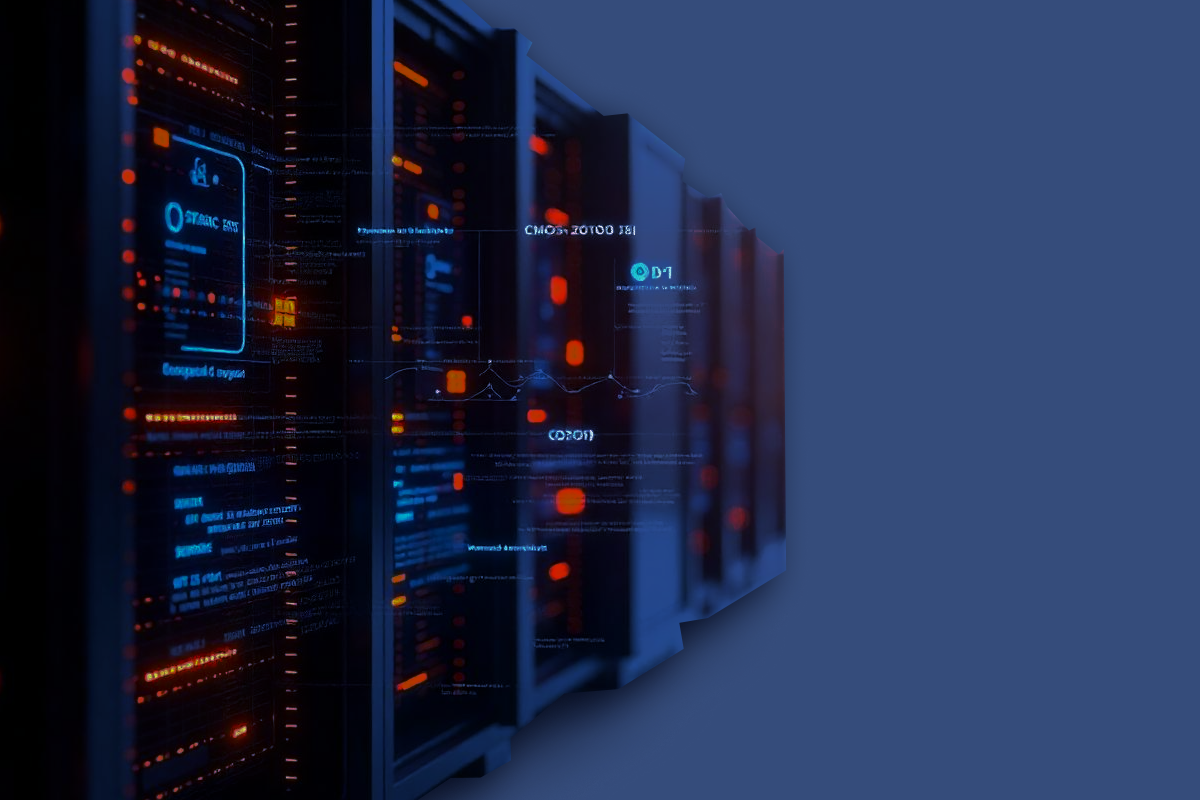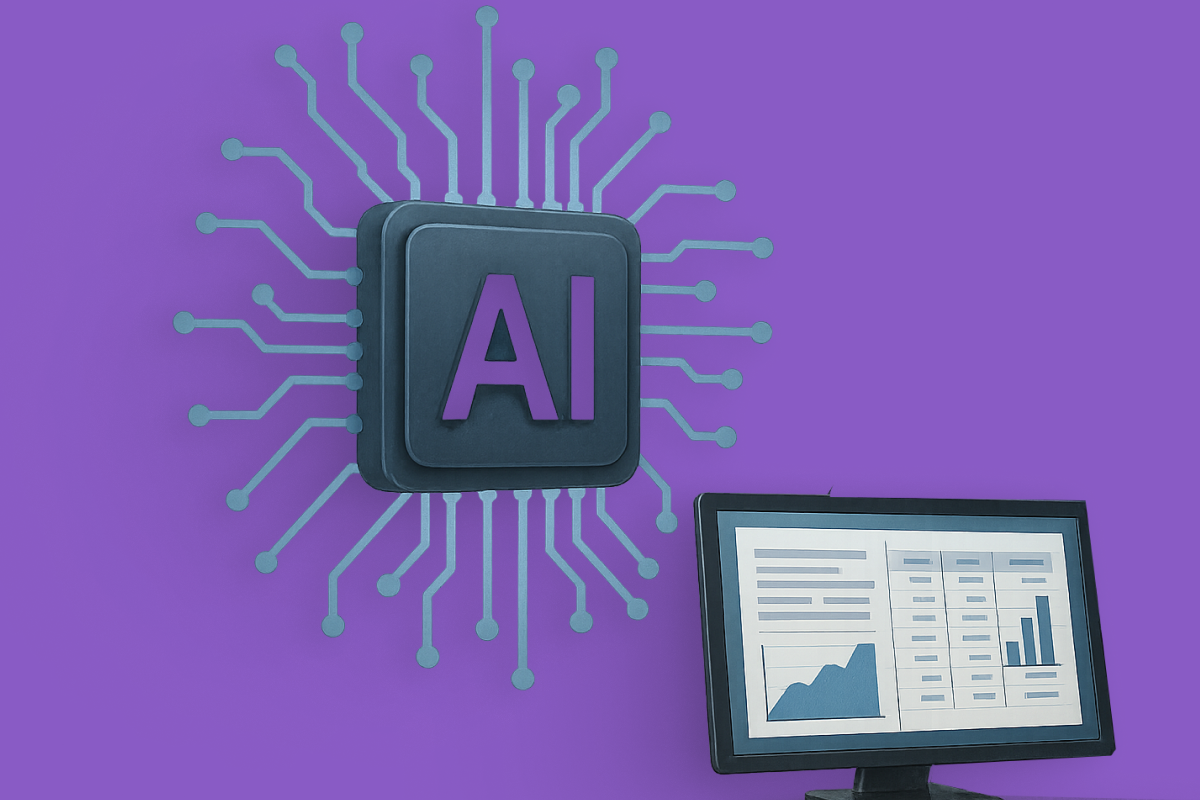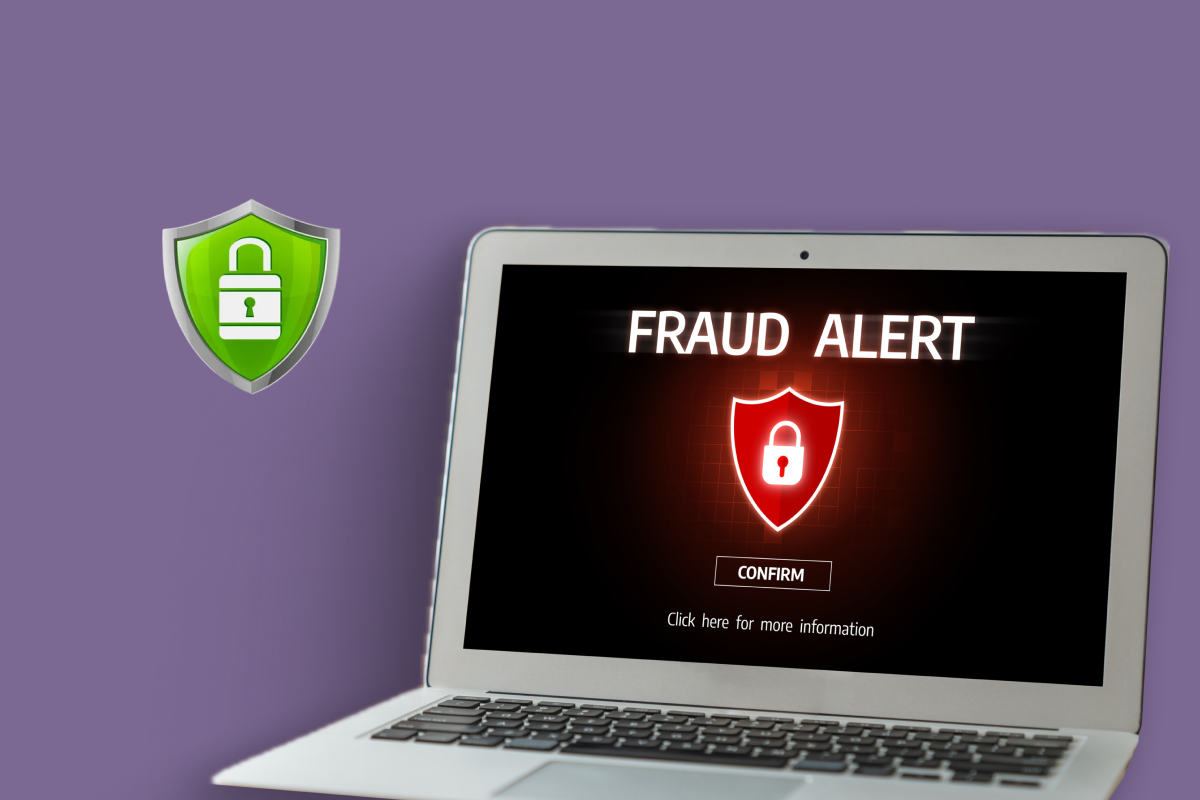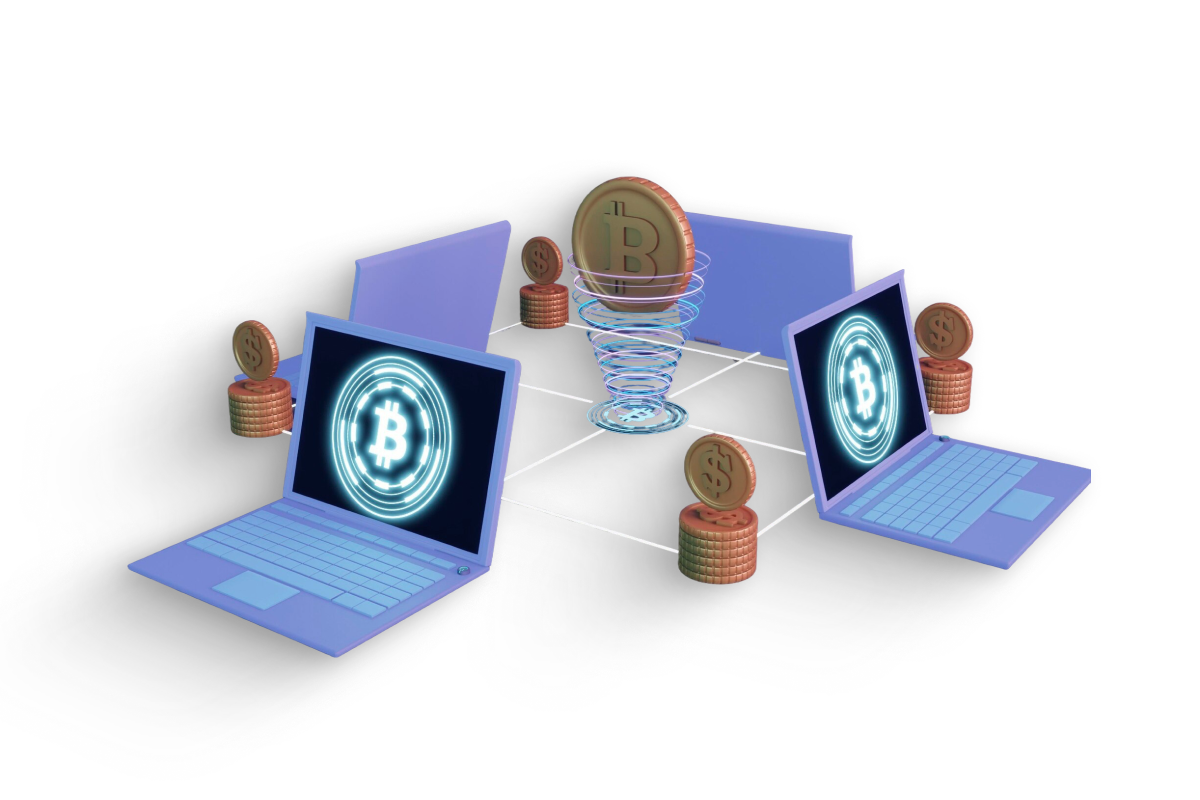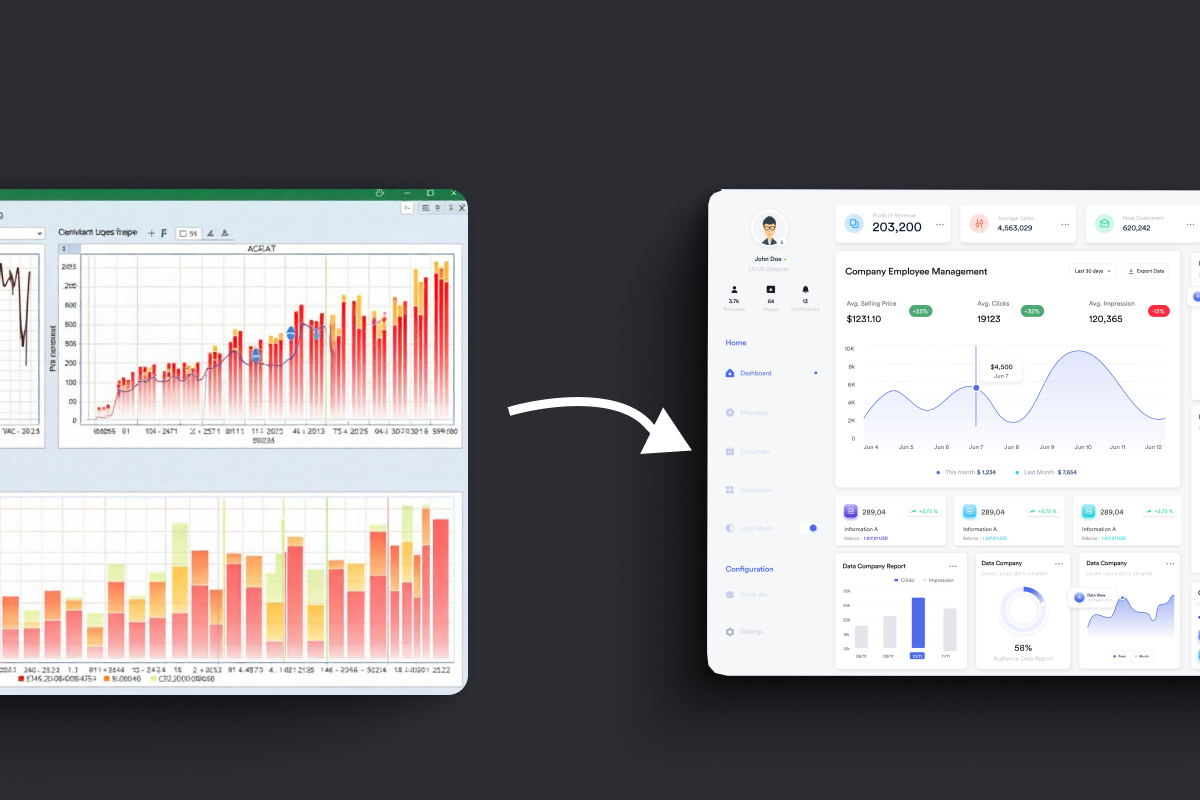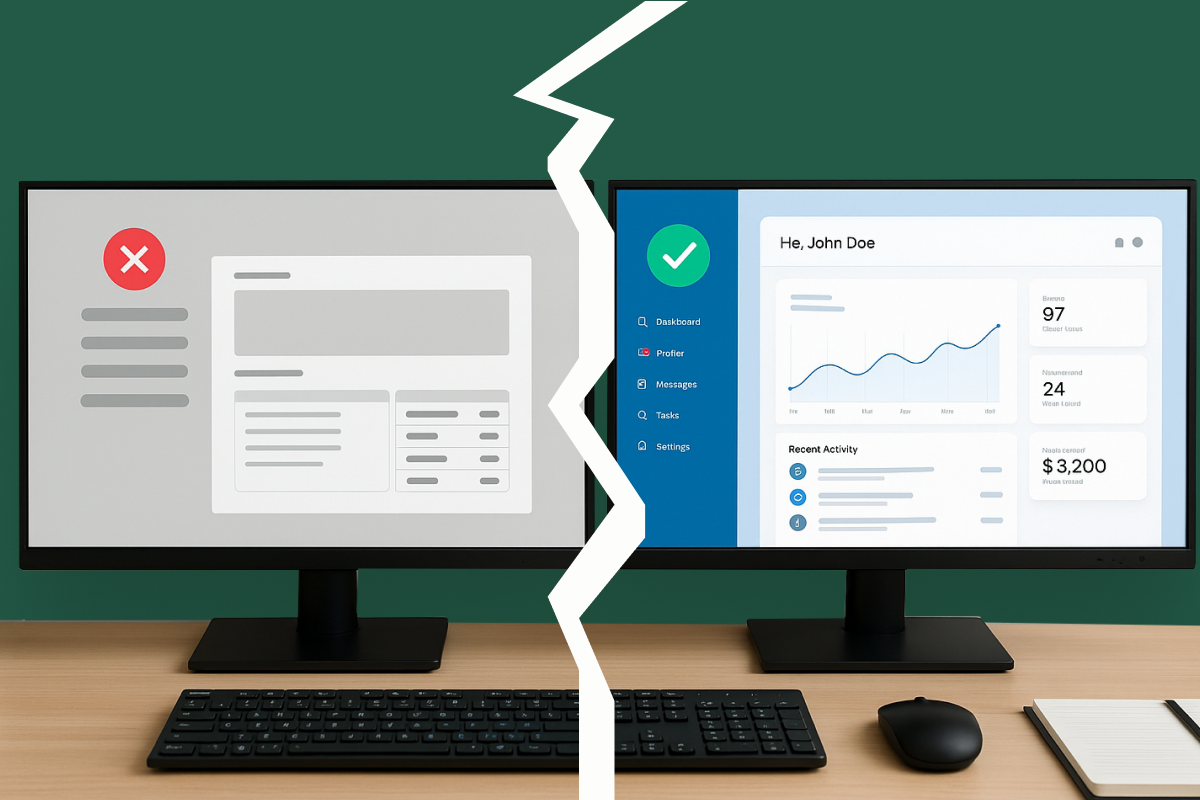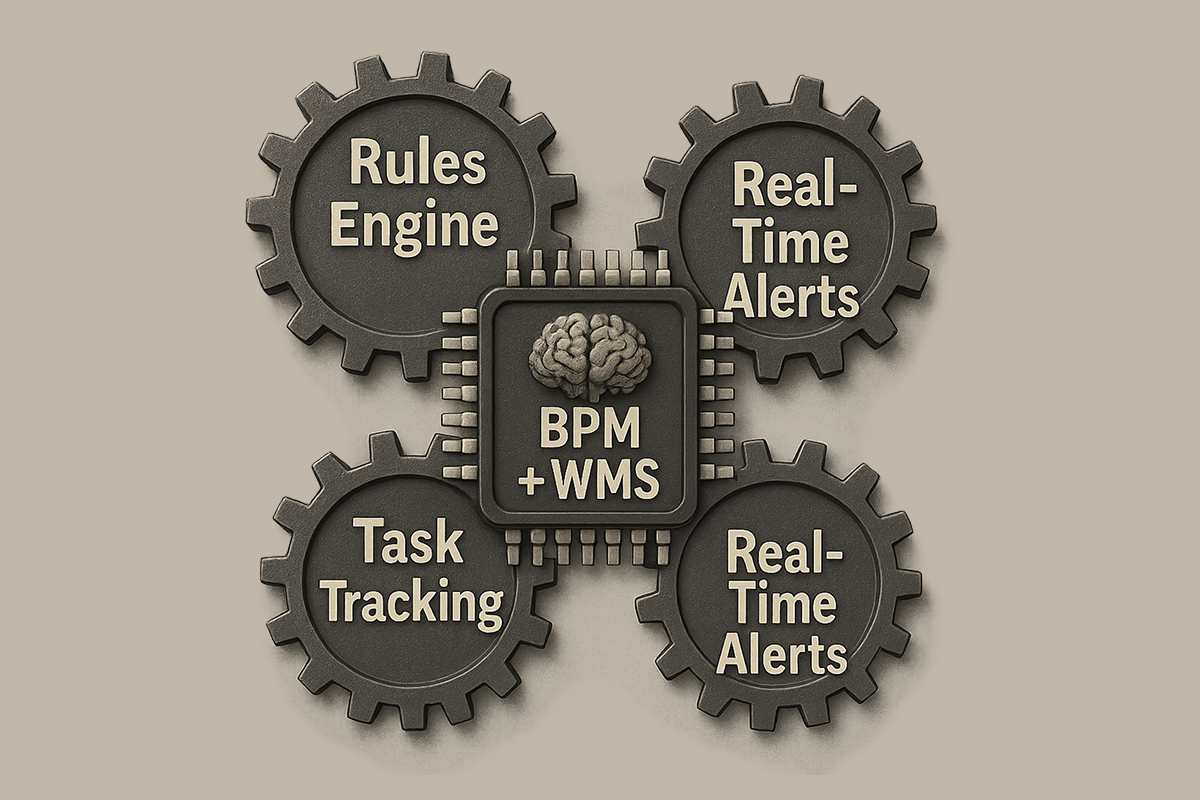Introduction
In an era where businesses increasingly rely on digital infrastructure, cybersecurity is a critical concern for organizations of all sizes. As ransomware attacks, data breaches, and cyber threats continue to evolve into a common phenomenon these days, they are both more frequent but also much smarter. It is worth stating that, in today’s world, the security approach should be proactive, not only because the company’s data should be protected but also because client trust and intactness of the tech system directly connect to the profit.
Below, we’ll explore key cybersecurity practices with detailed examples, showing how businesses can protect themselves in this digital age.
1. Educating Employees: Your First Line of Defense
Your staff is the weakest link or your strongest defense from cyber attacks. All the technology, firewalls, and security protocols in place can be circumvented with one click on a dodgy email link. In a report by Verizon 94% of malware is delivered through email, with phishing targeting employees.
Example:
Imagine a small business, where an employee receives an email with such a subject line as “Urgent! Action Required on Your Invoice.” The email looks very real, with the company’s logo and the usual format, but it includes a link that leads to the installation of ransomware when clicked. In such a case, training would have helped.
Best Practices:
- Provide your employees with thorough cybersecurity training to detect phishing emails and other social engineering schemes.
- Set up phishing simulations by sending phantom malicious emails to employees and testing their security awareness without any actual harm. Then analyze the results, and educate further those who Clicked.
Example from Real Life:
A phishing email tricked a Snapchat employee into releasing employees’ payroll data in 2016. The company also noted that it could and should have avoided this breach with proper phishing-detection training.
2. Strong Password Policies: Locking the Digital Door
Passwords are one of the most common points of vulnerability in a business’s cybersecurity structure. Attackers gain access to systems by cracking weak, reused, or guessable passwords. However, a robust password policy can help address many of these exposures.
Example:
For example, suppose for a mid-sized e-commerce company, an employee uses the same password— “Password123” —for multiple accounts and that includes not only his work login but also many of your service items. An attacker bluffs his way into a low-security consumer service, and then simply logs in to the business systems because those passwords were used.
Best Practices:
- Implement strong password requirements: passwords must include at least 12 characters, with a mix of uppercase and lowercase letters, numbers, and symbols.
- Enforce two-factor authentication (2FA): Even if an attacker gets hold of a password, they would need a second form of identification, like a mobile phone code, to access the system.
Example from Real Life:
LinkedIn, 2012 — More than 6.5 million hashes of passwords were exposed. Users had very basic passwords like “123456” or “password”, which gave the attackers easy access to their accounts. If they had been made to use a better password policy and 2FA, the attack could have been prevented.
3. Keeping Software and Systems Updated: Patch Vulnerabilities Before Hackers Do
One of the most common ways cybercriminals breach business systems is through outdated software. Software vendors are known to release patches and updates regularly to fix vulnerabilities, but if you do not update your infrastructure system consistently then more likely than worse, dangers await.
Example:
Healthcare provider fails to update antiquated software, go unpatched for months, and then their patient records system ends up compromised. Widescale fines under the Health Insurance Portability and Accountability Act (HIPAA) are levied when hackers take advantage of a known vulnerability in software to pilfer sensitive medical data
Best Practices:
- Set up automatic updates for all software, including operating systems, third-party apps, and plugins. This ensures your systems remain secure with the latest patches.
- One of the patch management strategies is having your IT team monitor updates, test them in a controlled environment and roll them out across the network in a timely manner.
Example from Real Life:
One of the most notorious cyberattacks of recent years is WannaCry ransomware attack from 2017. Approximately 200 thousand computers across the world were affected. The flaw in Microsoft Windows had been discovered, and a patch released months before the attack. However, as organisations had failed to apply the patch to their systems, they fell victim to the ransomware. The lesson here is to ensure your systems are updated and secure.
4. Data Encryption: Protecting Data at Rest and in Transit
The process of encryption is the transformation of the data into an unreadable form that can be accessed solely through a complex encryption key. Whether data is stored on the drive or travels across the web, when it is encrypted, no one has the authority to get access to it.
Example:
Scenario: A financial services company sends and receives social security numbers, banking account details, etc in regular email exchanges with its partners. This lack of encryption makes this data easy to be intercepted by hackers.
Best Practices:
- Encrypt all company devices including laptops and mobile phones through full-disk encryption. But this means that if a device is lost or stolen, the data itself remains safe.
- Forward and reverse proxies perform data encryption, ensuring sensitive information is encrypted while in transit (such as through HTTPS for websites or SSL/TLS across internal communication lines).
- Use encrypted email for very sensitive mail to protect your privacy
Example from Real Life:
In 2019, a third-party vendor handling data for the email marketing company Verifications.io failed to secure an unencrypted database containing nearly 1 billion records. The breach could have been prevented with proper encryption measures.
5. Regular Data Backups: Preparing for the Worst-Case Scenario
There is no adequate cyber security strategy without a reliable data backup plan. In the presence of recent backups, the loss of data caused by a ransomware attack, hardware fault or natural phenomenon becomes irrelevant.
Example:
A ransomware strain infects a retail company´s systems, crippling its point-of-sale (PoS) infrastructure and customer database. The ransomware locked up victims’ files and demanded a payment to unlock the contents. Fortunately, the organization has backups stored offsite and can recover their systems without paying it.
Best Practices:
- Schedule automatic backups of critical business data daily. Ensure backups are stored in a separate location, either offsite or on a secure cloud platform.
- Make sure to frequently practice backup recovery procedures so that if you are under attack or suffer from a failure, the data can be recovered quickly and smoothly.
- Enable versioning on your backups so that they do not replace their good data with corrupted or compromised versions.
Example from Real Life:
In Atlanta, a similar Lombardi Lover Ransomware attack took place in 2018 that also shut down multiple municipal systems. Because the city lacked a full backup, it ended up spending more than $2.6 million to recover from the attack. A key lesson should also be to have a reliable and tested backup system.
Conclusion
The best practices have been induced to counteract cyber threats and make business more resilient in the fast-changing digital world. Cyber security is not only about implementation of the latest and the most sophisticated tools but also about the culture of awareness and proactive protection. Whether you are educating your employees about a suspicious sender, encrypting your sensitive data, or backing up your critical system, you are creating multi-level barriers for modern threats.
